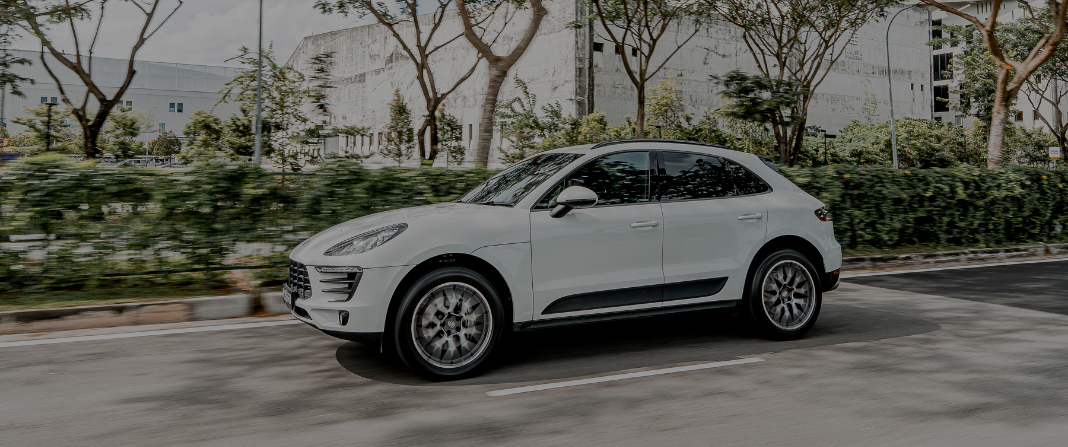Start-up Rush to Enter the Ride-Hailing Market
The ride-hailing market has seen stiff competition from Uber and Grabcar, with hidden price competitions ongoing through the months of August and September with the launch of $2 GrabHitch and $5 UberPool rides. However, Jordi Yap, a 35-year-old corporate sales executive who worked briefly as an Uber driver last year and as a taxi driver in 2012, believes that stiffer competition can be introduced with the entrant of his new start-up, Rush.
Mr. Yap contends that fares for Rush will be comparable with those of its rivals, with a base fare of $3 and a rate of $0.80 per km. In comparison, GrabCar’s base fare starts from $2.55 and a rate of $0.68 per km, subject to demand surcharges. Uber fares combine a base fare of $3, distance fare of $0.45 per km and $0.20 per minute.
Unlike the surge pricing adapted by Uber and GrabCar, where fares increase based on demand, surcharges on fares will be imposed only during fixed times, similar to the concept of traditional taxis.
Rush is also incentivising more drivers to sign up by allowing drivers to retain a larger proportion of their earnings, as they only need to fork out a fixed monthly subscription fee of $150. Drivers for Uber and GrabCar currently pay about 20% of all fares earned to their companies.
The start-up currently has about 40 drivers signed up and aims to reach 1,000. It hopes to earn revenue from the drivers’ monthly fees, as well as advertising on the application.
Rush aims to exploit loopholes in the current ride-hailing market by allowing commuters to select multiple destinations, something not available currently on both the Uber or Grab applications. In the near future, Rush also promises to provide customised options such as allowing women commuters to choose only women drivers, supposedly for a greater sense of security whilst commuting.
Critics contend that the ride-hailing is already saturated, given the dominance of Uber and Grabcar. However, Mr. Yap quelled these worries, stating that its unique features will give the company its competitive edge over its rivals.
Barriers to entry in the ride-hailing market are almost close to none, and companies will have to rely on differentiating their services and incentivising drivers to retain their customers and fleet respectively. In the near future, however, we can expect more intense price competition as companies will have to compete to offer the best deals to commuters. We are skeptical if the new features offered by Rush will be enough to divert demand towards the up-and-coming start-up. However, if they are able to increase their supply of drivers based on their attractive fixed monthly fee, we will either see further changes implemented by rivals Uber and Grabcar or more consumers flocking towards the new entrant.




